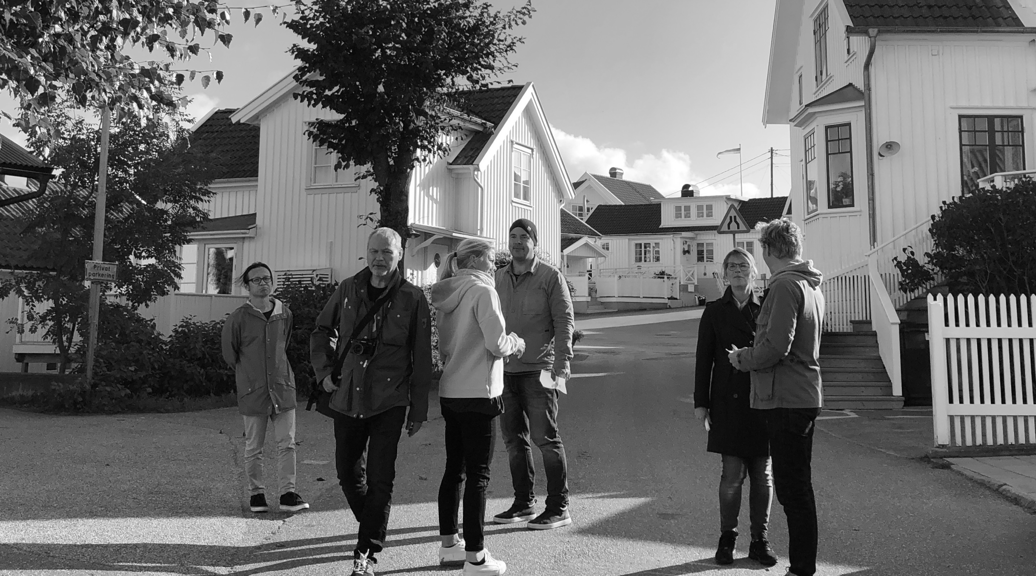Founder, CEO & Strategist since 2001. Anders provides thoughts and reflections about how to think about onlinification and digitalisation in B2B.
Keep me updated!
Subscribe

The allure of presenting your potential and existing clients with a comprehensive assortment of products, solutions, services, content, and information can be significant, yet the pursuit of relevance and simplicity consistently proves the most effective method to enhance genuine client value and loyalty. To assist you in constructing a customer experience that is streamlined and straightforward,
I recommend four strategies to ensure simplicity:
The contemporary B2B client grapples with hundreds of decisions every day. Choices of what to read, where to shop, and what to buy, all of which impose a mental burden. Nonetheless, businesses continue to amplify the array of choices, product features, content and possibilities.
While investing in innovative solutions that yield value for the customer is commendable, simplification generally emerges as the supreme strategy. An overwhelming consensus of studies suggest that simplicity is of paramount importance to customers. Brands perceived as providing the most uncomplicated, seamless experiences cultivate the most customer loyalty.
However, achieving simplicity is not as simple as it sounds. Here, you and your business can discover four interlinked steps that can aid in delivering the smooth and effortless buying experience that prospective and current customers require.
Initiating a simplified customer experience begins with defining what 'simple' embodies for your business. Simplicity has multiple facets, such as engendering a 'less is more' mentality in R&D, sales, and marketing, reducing complexity in offerings and price structures, and providing unambiguous communication. Each business must discern the areas that would gain most from simplification, based on their distinct contexts and circumstances.
Having identified those top-priority areas, it falls to company leadership to disseminate them. This involves emphasising the centrality of simplicity to your business's value proposition, corporate values, and guiding principles — ensuring that individuals resonate with and act upon these principles. A well-crafted value statement only holds significance if individuals genuinely embrace it.
While focusing on the offering is essential, it's equally critical to concentrate on the entire customer experience. This entails designing your sales and marketing processes to make it as effortless as possible for prospects to discover, purchase, and utilise your products, solutions and services. To ensure you're prioritising effortless simplicity throughout the potential and existing customers' purchasing and decision journeys, start by posing yourself these four queries:
These are just four examples, but there are myriad other questions you can ask to simplify the prospective and existing customers' purchasing journeys. Whether you consolidate similar products into a single offering or invest in convenient digital payment methods, any steps you can take to lessen your customers' mental strain will enhance their experience and perception of your business.
Prioritising simplicity in the customer experience doesn't imply you can eradicate the complexity internally. Contrarily, to distil your offering to its simplest form can often be profoundly complex.
Discerning what your prospective and existing customers truly want is a complex process — but it can also be rewarding. To build the most valuable and targeted offering, initiate the challenging work of determining what jobs your potential and existing customers need to accomplish. Don't presume that customers will use your offering exactly as you envisage; instead, identify their challenges and needs and tailor your offering and features to meet them in the most effortless and straightforward manner feasible.
Streamlining things for customers is generally the best course. However, in certain cases, simplicity can backfire. For instance, if you're engaging with a novice customer, adopting a simplified, high-level approach in your communications can be effective. But if you're dealing with a more experienced customer, such an approach could be perceived as patronising or unhelpful. The same applies to your offering. In some instances, customers prefer a simple product that executes one task well, but in others, they may desire a solution perfectly tailored to their needs.
Constructing a simple customer experience is an extraordinarily complex commitment. It may be tempting to offer an assortment of features and options to give your customers precisely what you think they desire. But your customers will often opt for the easy solution, not the perfect one. Identify and communicate your simplification priorities throughout the organisation, consider the entire customer journey, embrace internal complexity, and accommodate exceptions. This will set you on the trajectory towards building the smooth and effortlessly simple experience your prospective and existing customers desire.
If you're still keen to learn more about how to satisfy your customers—and crucially, measure their satisfaction—do peruse our complimentary ebook, The Importance of Customer Satisfaction. Simplicity is fundamental if you wish to keep customers content, but there are other significant factors.